All Posts

Functionality to upload files onto the SAS server (from 9.2 on) is available using stored processes and an html input type="file". I introduced this topic last year in my blog post using the SAS Stored Process Developer Guide sample. Of course, it is never as easy as the sample is

There are days that I could use code like this to make two of myself. No, that would never work; then I would be bored with so much time on my hands! In this new series, called Friday's Innovation Inspiration, we'll take a look at Post-It Notes from the 2011 Innovation Walls. SAS users filled

Picture this – a student grabs the Programming 1 textbook, scans it quickly seemingly searching for something specific, and shakes his head indicating an unsuccessful search. He plants himself smack dab in the front row, looks me squarely in the eye, raises one eyebrow quizzically and says, “Bad words?” I

The road to becoming a SAS Rock Star often starts at SAS Global Forum. Start making your mark by sharing how you use SAS at the 2012 SAS Global Forum, to be held in sunny Orlando, FL, from April 22 to 25. Submissions are being considered in the technology

SAS experts are gearing up to share knowledge, expertise and insights at SAS Global Forum 2012 In the last two months alone, we have launched SAS 9.3, created a think tank on healthcare analytics, hired a Chief Medical Officer, released a new version of Curriculum Pathways and offered flashcards for
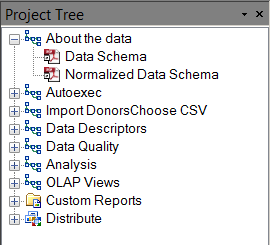
What is the best way to organize your SAS work in a SAS Enterprise Guide project? There are no project templates or enforced structure, really, but isn't there a best practice? I don't have a single prescription for the best project organization. I believe that it depends on the nature
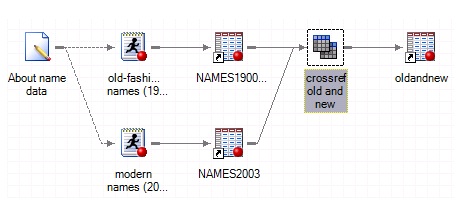
Chris Hemedinger, author of the SAS Dummy blog, read last week's Innovation Inspiration post and was reminded of a couple of cool things he'd seen SAS users do. He also told me of one of his most recent rock star moments. (In all fairness to Hemedinger, he didn't call his

With an increasing volume of curriculum to cover and no time to spare, teachers often hit the ground running with the full throttle rigor and relevance critical to teaching and learning. However, I argue that the first two R’s are futile if teachers don’t have meaningful relationships with their students.
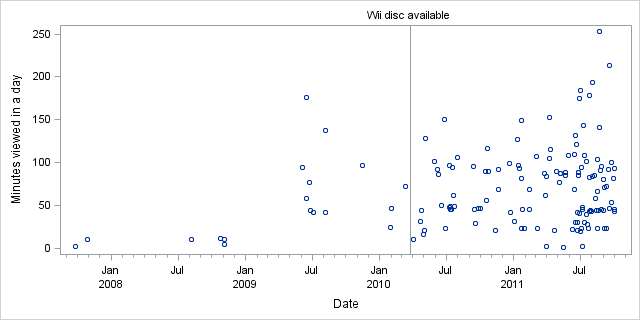
It turns out that I'm not receiving the maximum potential value from my Netflix streaming service. Perhaps it's because I place too much value on sleep. With my monthly subscription, I am permitted to view Netflix content 24 hours a day, 7 days a week. In my house I have

Most SUG presentations are written in PowerPoint – they may even be written in Word first, and then fancied up a bit in PowerPoint – but they are rarely written in SAS. But Louise Hadden, from Abt Associates Inc, had a need to produce a lot of PDF presentations. She
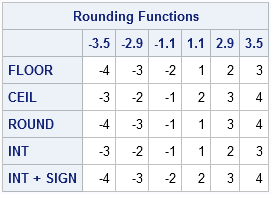
SAS has several ways to round a number to an integer. You can round a number up, round it down, or round it to the nearest integer. If your data contain both positive and negative values, you can also round numbers toward zero, or away from zero. The functions that
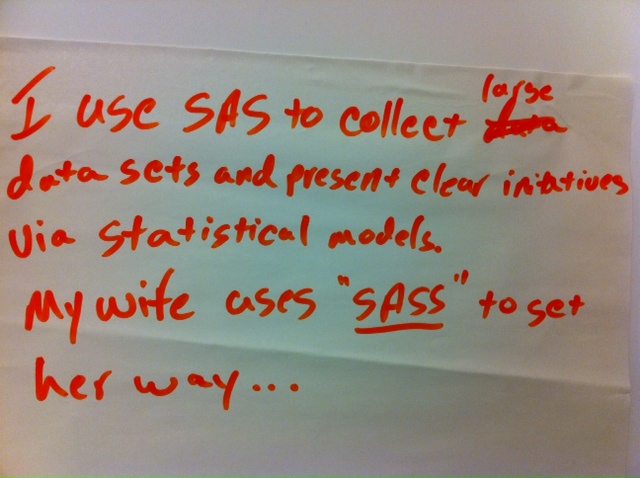
I used to get an email with a joke in it every Friday from my former boss, he called it Friday's Funnies. Some were really funny. Some - not so much. Well, I've decided to start my own Friday treat - a new series - called Friday's Innovation Inspiration. I'll be using

Webinar October 4, 1:10 pm ET: What is Your Product Forecastability??? Thanks to Rich Gendon and the Chicago APICS chapter for hosting me last week at their professional development dinner meeting. I always enjoy evening speaking gigs, as they provide a chance to break out some of my nightclub-worthy material.
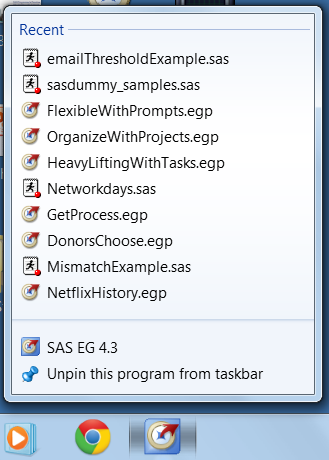
Filed under "Little changes that you probably didn't notice". When Microsoft introduced Windows 7 to the desktop, one of the many usability features that they added were "Jump Lists". Jump Lists serve as a sort of shortcut to not just open an application, but "jump right in" to a particular

Private sector vendors/suppliers seeking to conduct business with government often find frustration with the maze of policy and legislative hurdles encountered during the procurement process. As difficult as the experience may have been from the private sector perspective, take a moment to look at the other side of the procurement









